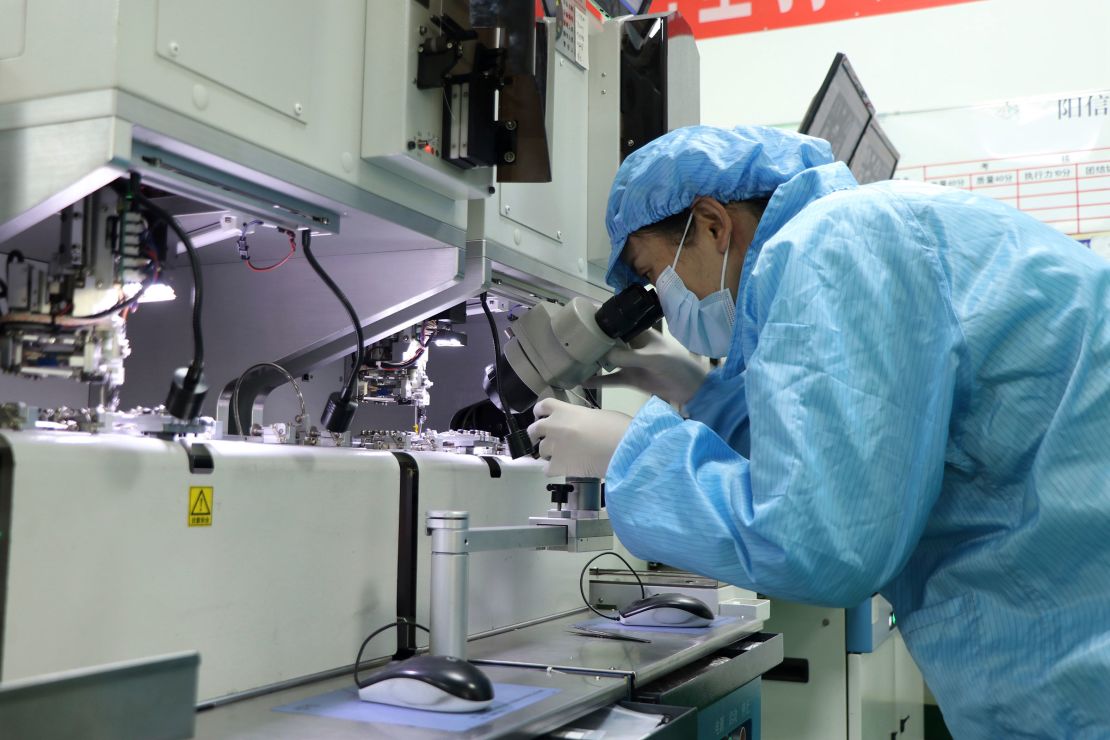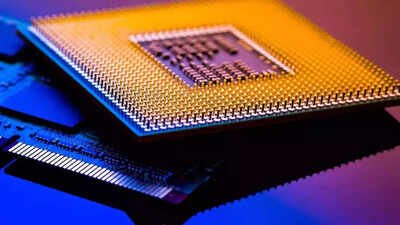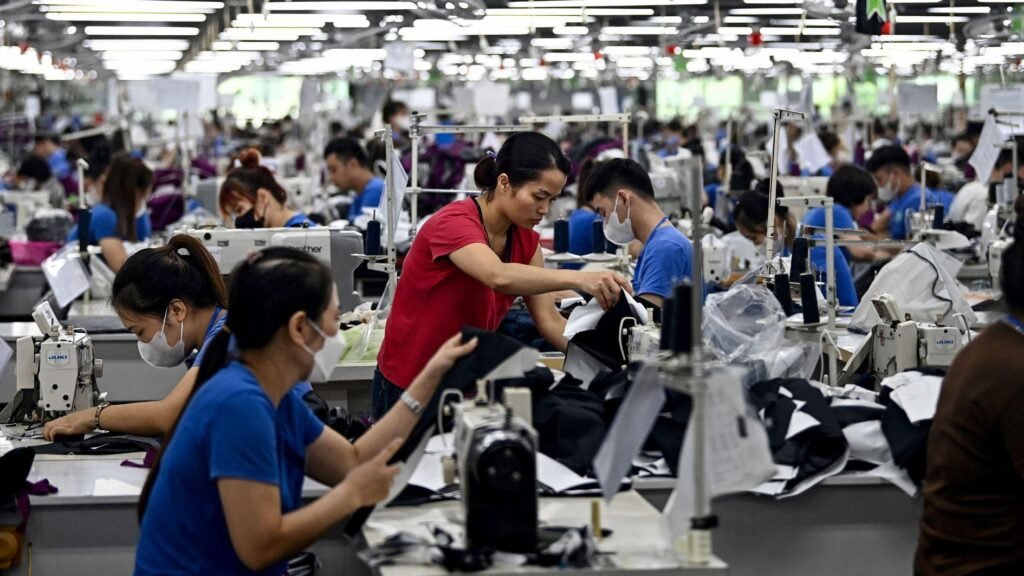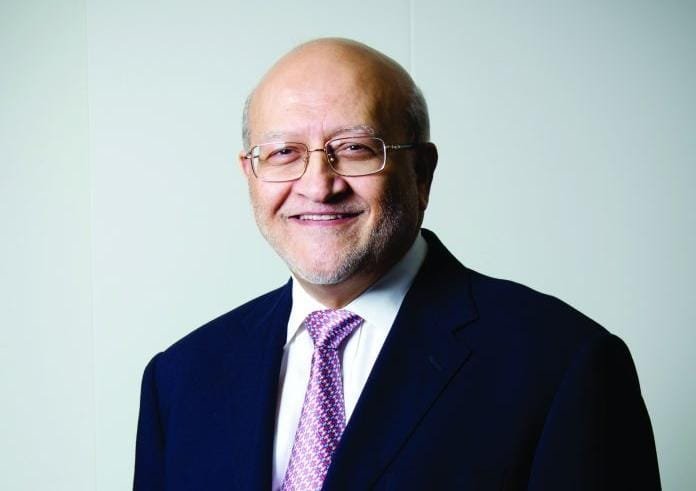Hong Kong
CNN
—
The administration of US President Donald Trump has lifted restrictions on exports of chip design software to China, as Washington and Beijing work to dial down hostilities as part of a recent trade agreement.
All three leading chip design software companies – Synopsys, Cadence and Siemens – said they were notified by the US Commerce Department that the export curbs introduced in May had been rescinded.
The United States cut off sales of critical software tools used to design semiconductors to China as part of retaliation for Beijing effectively choking off rare earth exports, which reignited acrimony between the two countries following a trade truce struck in Geneva in mid-May.
The companies’ announcements signal steps by the world’s two largest economies toward implementing a trade agreement formalized last week that centered on rare earths. Under the deal, the US would lift its export curbs on chips software, the chemical ethane and other goods, while China would approve the exports of rare earths to the US.
US firm Cadence and Germany’s Siemens confirmed to CNN that the export control restrictions are no longer in place, while Synopsys, also American, said in a statement that a previous letter issued by the Commerce Department regarding the curb has been rescinded.
Cadence and Synopsys said they are in the process of restoring access to the restricted software and tools in China, and the latter is working to “assess the impact of export restrictions related to China on its business, operating results and financials.”
Meanwhile, Siemens has restored full access to software and technology under previous export controls, and resumed sales and support to Chinese customers, a company spokesperson said.
Experts have said Washington’s export controls on chip-designing software, or Electronic Design Automation (EDA) software, would have devastating implications for China’s semiconductor industry as they are essential for creating new microchips. And the trio of companies controls 70% of China’s EDA market, according to a report by Chinese state-run news agency Xinhua earlier this year.
The chip software curb was a brief escalation in the US effort to ramp up restrictions on China’s access to semiconductor-related technologies that began during Trump’s first term. The moves aim to prevent Beijing from leveraging American technology to bolster its military and AI capabilities.

On Wednesday, the Trump administration also sent a letter to American ethane producers to rescind export restrictions that had previously halted shipments of the chemical to China, Reuters reported. Just under 50% of American exports of ethane – which is primarily used to produce plastics – went to China last year, according to CNN’s calculation of data from the US Energy Information Administration.
At the height of its trade war with the US in April, China leveraged its global dominance in the rare earths supply chain and imposed new licensing requirements on the exports of seven types of rare earth minerals and several magnets – needed for everything from everyday electronics and vehicles to big-ticket weapons like fighter jets. China controls 90% of the global processing of rare earths.
But despite a 90-day trade truce with the US announced after the Geneva talks in May, Beijing did not loosen these controls, drawing ire from Washington. That had renewed tensions between the two countries, threatening to scuttle the temporary trade agreement to bring down the tit-for-tat tariffs, before the two sides met again in London last month.
Following the London meeting, China agreed to allow and speed up the flow of rare earths under its current licensing regimes, while the US would lift the related “countermeasures,” including export controls on chip software, ethane and jet engines.
But the latest deal did not appear to address the still-high tariffs both countries imposed on each other, and the truce is set to expire in August. US tariffs on Chinese goods remain at around 55%, according to Trump, a figure the White House said includes a 10% “reciprocal” tariff the US placed on trade partners in April, 20% tariffs imposed on China for what Trump said was its role in flow of illegal fentanyl into the US, and pre-existing duties.
By contrast, Trump said on social media after the London talks that China’s tariffs on the US goods would be set at 10%. It was unclear if that figure refers only to new tariffs since April, as Beijing too has already imposed duties on US goods, including in retaliation for the fentanyl levies. Chinese officials did not dispute Trump’s characterization of the deal when asked by reporters.






